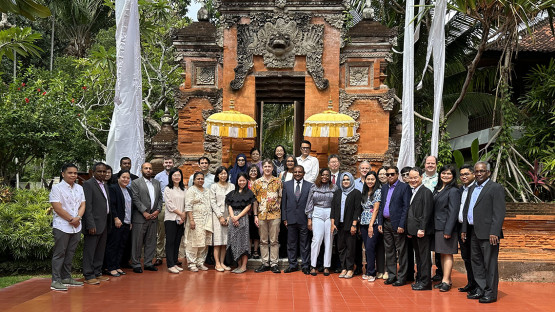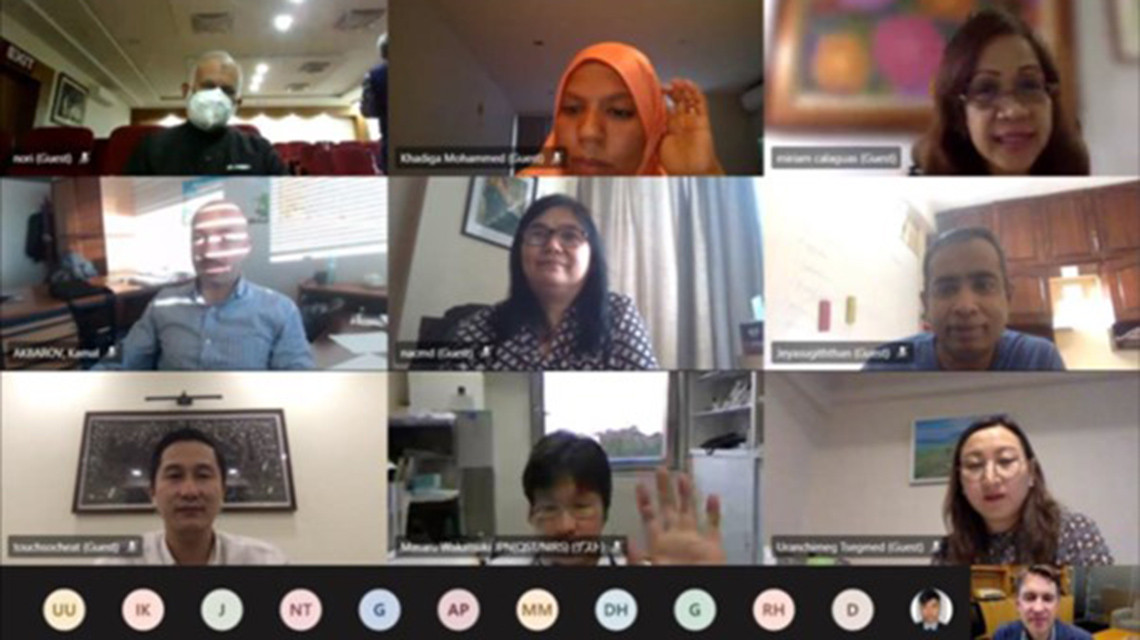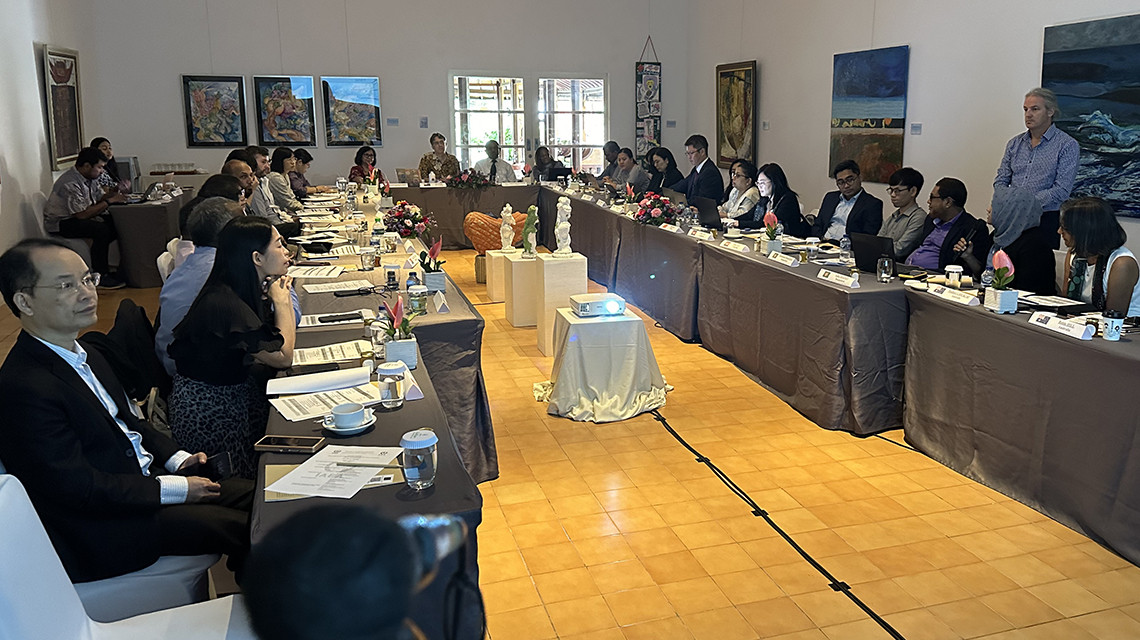An IAEA programme to provide virtual oncology expertise to cancer patients in developing countries has shown to be a wide success – engaging over 500 radiotherapy professionals from 19 countries and helping hospitals improve care for many patients, according to a comprehensive review.
In November last year, more than 30 cancer experts from across the Asia and the Pacific region gathered in Bali, Indonesia to conduct a comprehensive review of the three year implementation of virtual ‘tumour boards’. Such boards offer a means of pooling oncological expertise and resources from around the region to improve clinical decision making and better address cancer care challenges.
Virtual tumour boards (VTBs) are online versions of traditional tumour boards – meetings that in high- income countries are mostly held within the same oncology facility, where experts from across the medical spectrum meet on a regular basis to review cancer cases and treatment plans.
“The uniqueness of each specific cancer case – caused by factors such as the precise location and extent of a cancer, a patient’s existing medical conditions or social circumstances can complicate treatment decisions,” said Sandra Ndarukwa, Associate Education Officer in the Division of Human Health, IAEA Department of Nuclear Sciences and Applications. Leveraging insights from across medical disciplines, tumour boards allow new and complex cases to be peer reviewed by a range of experts, resulting in better treatment planning. “Ultimately, they contribute to an enhanced quality of individual patient care,” she added.
Holding tumour boards in low- and middle-income countries (LMICs) where oncology centres often lack the required levels of staffing and resources can be challenging. In response, the Asia-Pacific Radiation Oncology Network (ASPRONET) has been experimenting with VTBs as a means of supporting cancer care decisions in the region.
Over the course of three years, these virtual sessions actively engaged over 500 radiotherapy professionals from 19 countries, supporting clinical decision-making for over 140 cases. Their launch coincided with the beginning of the COVID-19 pandemic, amplifying the benefit of digital platforms in enhancing patient care and professional development. By bringing together health professionals from so many different countries, they are a testament to the power of South-South and South-North collaboration in addressing regional challenges.
“Despite obstacles caused by different time zones and languages, ASPRONET has emerged as a crucial resource in enhancing cancer decision making and treatment planning in the region,” said Dr Iain Ward, Radiation Oncologist at Christchurch Hospital, New Zealand and Project Lead Country Coordinator for the IAEA. “For this reason, we have asked the IAEA to continue supporting the initiative through the means of its technical cooperation programme,” he added.











